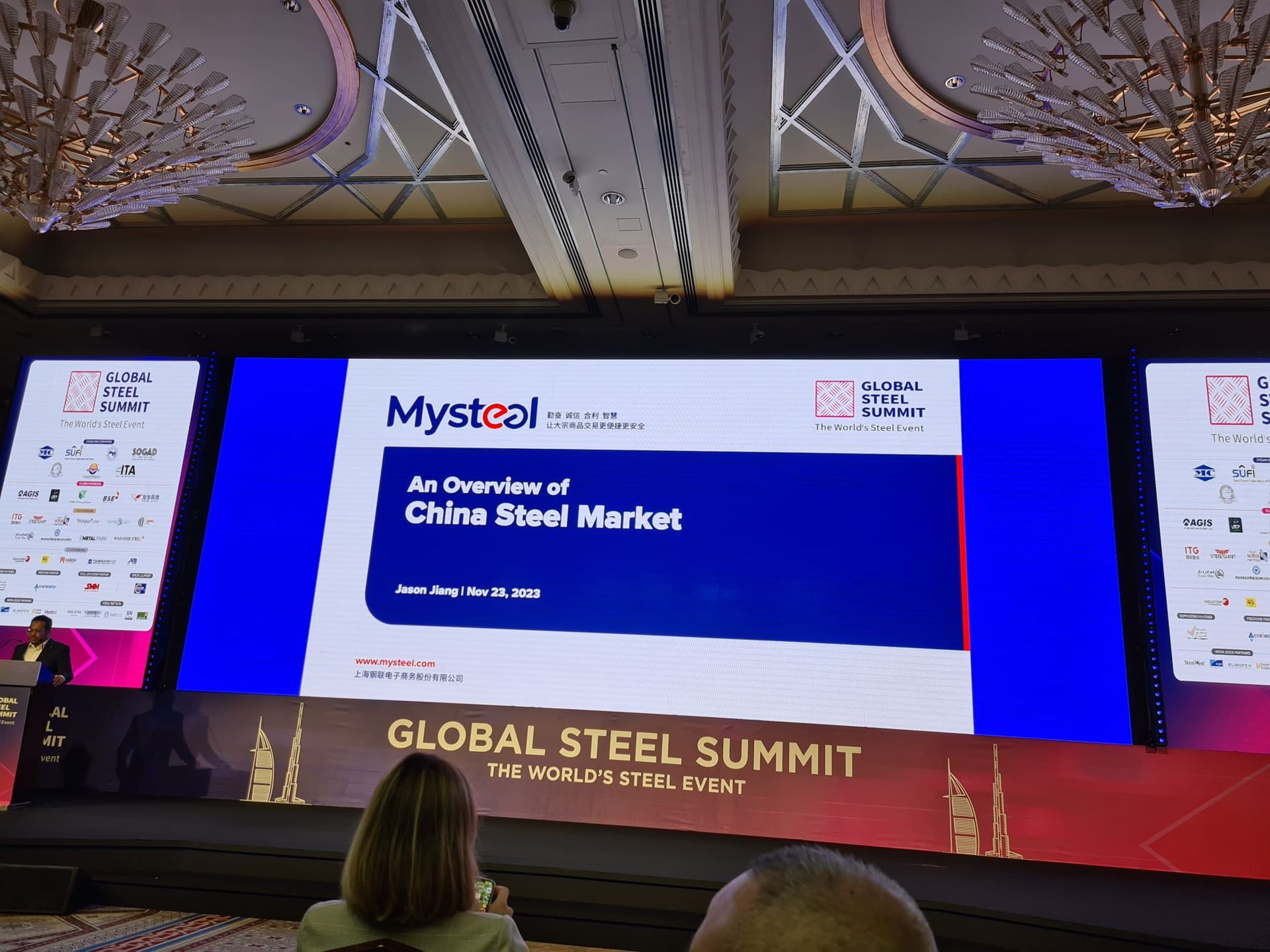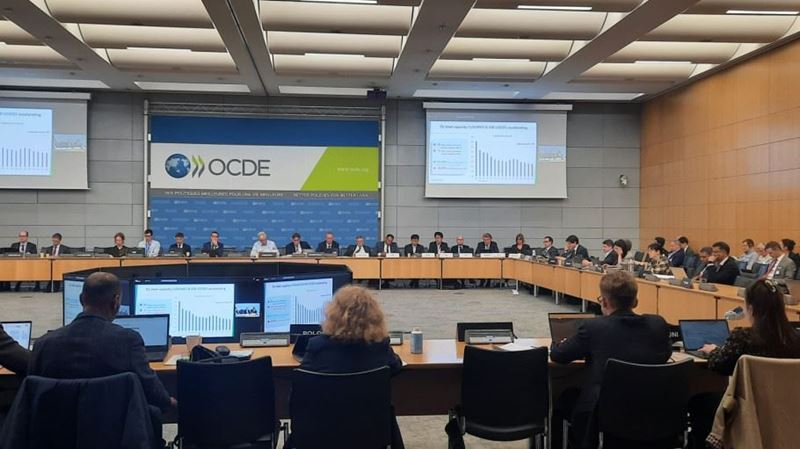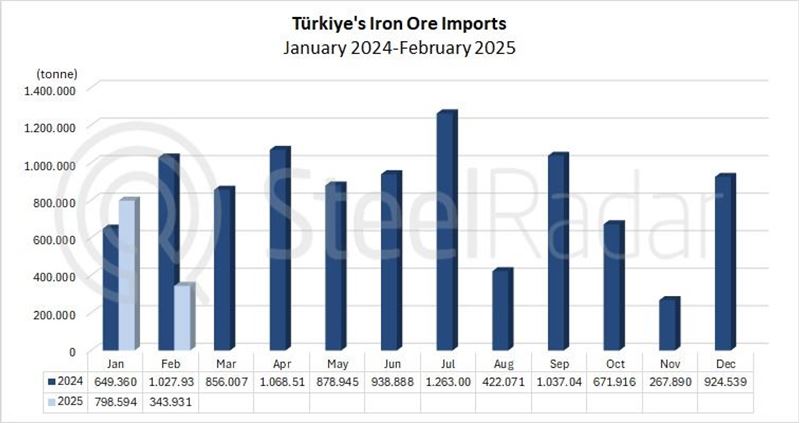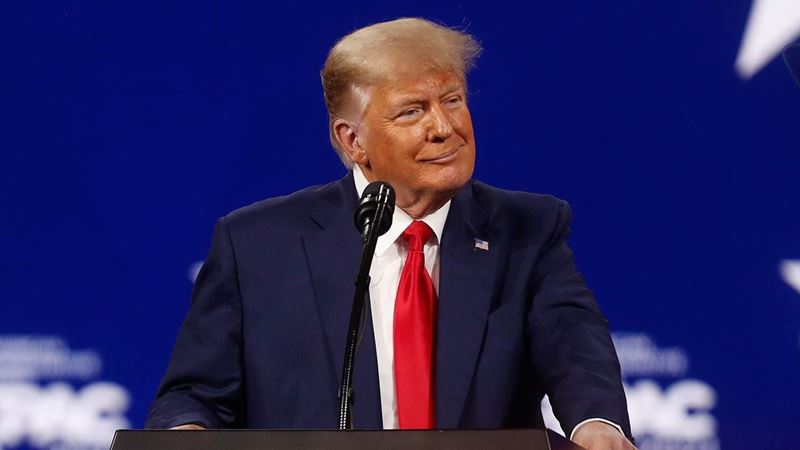Jason Jiang touched on 3 main topics in his speech. These are respectively;
1. How has the Chinese steel industry developed since 2000?
2. How has the Chinese steel market developed so far?
3. What awaits the Chinese steel market in 2024?
Mr. Jiang said that China's steel industry developed rapidly between 2000 and 2008, when China's infrastructure and real estate sectors experienced rapid growth, which led to a significant increase in steel production; in 2005, domestic crude steel production increased by 29% y-o-y and prices increased by 149% y-o-y.
He added that while China's crude steel production accounted for 15.2% of the world's total in 2000, it rapidly increased to over 50% by 2017, and this proportion decreased from 2020 onwards.
According to Jiang, China's finished steel output increased rapidly between 2003 and 2013, but at a slower rate since 2024. In 2022, China's steel output reached 1.34 billion tons, up a modest 0.27% y-o-y.
China's share of EAF crude steel production increased steadily globally, rising from 10% to 15.7% in the period 2002-2010 before declining to 11.4% in 2013. It then increased from 11.6% to 19.8% in the 2015-2021 period.
China's finished steel output grew rapidly between 2003 and 2013, but has been increasing at a slower rate since 2014. In 2022, China's steel output reached 2.34 billion tons, up a modest 0.27% y-o-y.
On the export side, Jiang pointed out that China's steel exports generally increased significantly between 2006 and 2015, with a sharp decrease in 2009 due to the global financial crisis, while European steelmakers have reduced production since 2020 due to high costs caused by inflation and conflicts, creating export opportunities for China's steel industry. On the import side, China's steel imports remained stable for 15 years, but in 2020, lower overseas steel prices than in China due to the pandemic led to a 64.5% y-o-y increase in imports, and import levels normalized in 2021 as the global economy recovered.
Mysteel forecasts China's apparent crude steel consumption in 2023 to be little changed from last year's 960 million tons, with infrastructure, manufacturing sectors and exports largely supporting steel demand and filling the gap left by the weak real estate market.
In 2024, demand is forecast to rise slightly to 0.8%, assuming the release of additional funds to stabilize the real estate market and support infrastructure.









Comments
No comment yet.